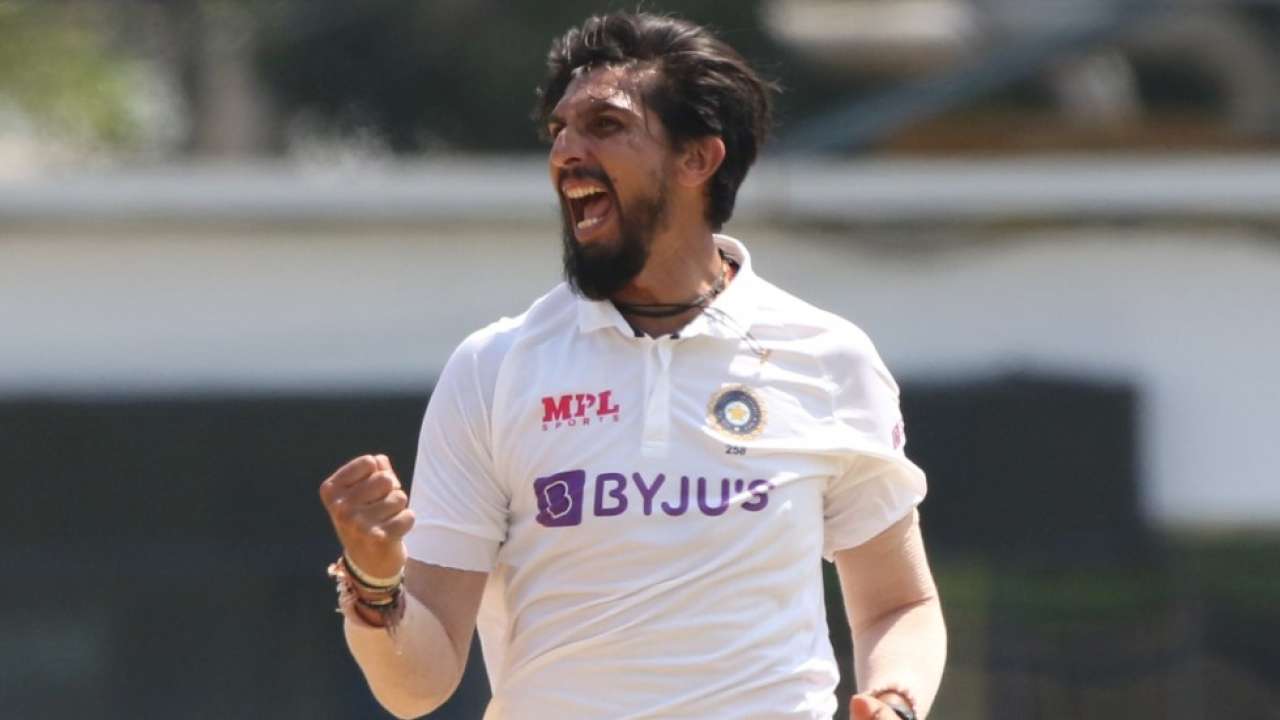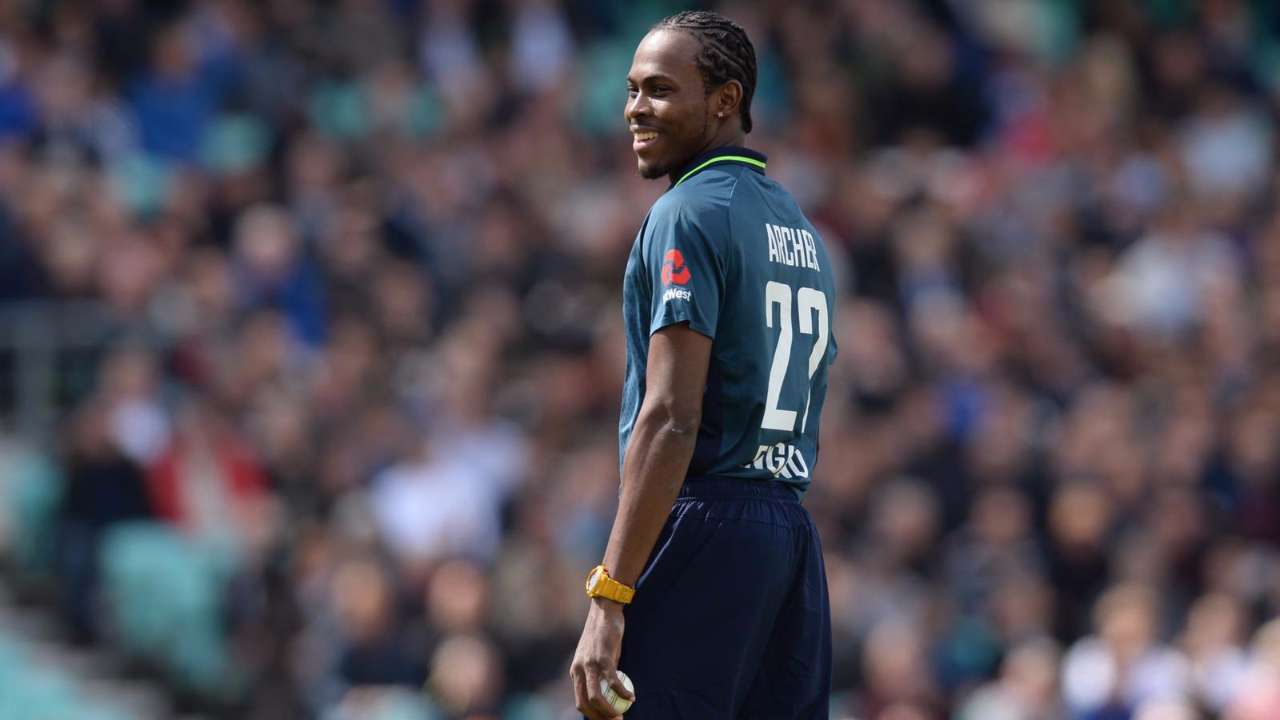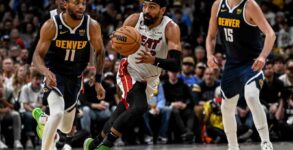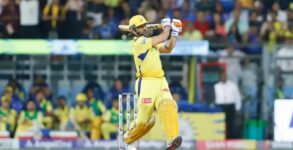By Khurram Habib
From a boy who once sat at a west Delhi intersection with tears in his eyes after failing to get admitted to a recognised school 17 years ago to becoming the second India pace bowler to play 100 Tests, it has been quite a journey for Ishant Sharma.
Back then, a lanky, ungainly Ishant had just one cricket jersey which had faded to pale yellow. His primary concern then was to gain admission in a recognised school from the unrecognised neighbourhood one he was studying in.
His ticket to a recognised school was going to be a neighbour, Manvinder Singh ‘Banka’, a former India under-19 and Railways cricketer.
Banka, who had played just eight first-class games, was a sort of a star in that area for having played cricket at a decent level.
Ishant would frequent Banka’s home and request him to pull strings and get him admitted to a recognised school.
“One morning, he turned up at home at around 9 while I was brushing teeth. I got a bit irritated. He was a simpleton, didn’t even know how to wear proper clothes or do his hair. He was wearing that faded jersey again. My cricketer wife Reshma Gandhi (who played for India and scored a century on debut) had this brand new white jersey with Cricinfo on it. I asked him to wear it. He looked much, much better,” recalls Banka who immediately took him to Salwan Public School where former Delhi Ranji Trophy player Bantoo Singh was the chief coach.
The lack of a decent jersey was more a result of lack of interest or cricketing background that Ishant’s family had. His grandfather had arrived from Dasna, joined Delhi Police as constable and retired as inspector. His father would service and repair air-conditioners. The family wasn’t poor but knew very little of cricket.
Bantoo, whose father Dilbagh Singh had started the iconic Delhi Gymkhana, asked Ishant to bowl for an hour at the nets.
“He was tall, well over 6 feet. Naturally with that height he was just too good. I made him bowl for an hour at the nets and he was impressive. I thought the boy will scare the kids away if I take him in the team. I took his case to the school principal. She asked for his report card,” recalls Bantoo.
A couple of days later, Ishant turned up with his report card. For some reason, probably because Salwan Public School, although with good cricket team by then, wasn’t out and out sports school like Salwan Boys School and gave some value to academics, his report card was considered unimpressive.
Bantoo pressed but the principal didn’t relent.
On his way back with Banka, Ishant sat at the Siddharth Hotel circle/intersection near their home in west Delhi and had tea at a shop they’d frequent. He was inconsolable.
He would get admitted to Ganga International School soon with the help of Rohtak Road Gymkhana club coach Sharwan Kumar, who took him under his wings. But the new school at Hiran Kudna was 22 kilometres from his home, unlike Salwan which was in immediate vicinity.
Sharwan had coached at the famous Sonnet Cricket Club in Delhi for 20 years — between 1970 and 1990 when many of Delhi’s top stars took their initial steps at the club — before starting his own coaching centre at the Rohtak Road Gymkhana within the Ramjas Sports Complex in West Patel Nagar in Delhi.
“Ishant was tall, had speed. His action was fine but the run-up was bad. He would stutter in his run-up, bowl no-balls and then he would run and sometimes fall. He was erratic. That happens because of run-up,” recalls Sharwan.
“I got him admitted to Ganga International School and told him, you play there for three days and play here with me for four days,” he added.
Sharwan asked OP Malhotra, the sports advisor and head at the school, to induct him.
“He had height and we made him work hard on fitness,” said OP Malhotra, who struggles with speech these days due to age.
Malhotra was a former director of physical education at DAV College. He had turned the college into a cricket powerhouse under his tenure and broke the dominance of established powerhouses like St Stephen’s and Hindu College in the 1980’s and 1990’s. At one point, there were seven or eight Delhi Ranji players from DAV like Raman Lamba, Manu Nayyar, Bantoo Singh, Ajay Sharma, Manoj Prabhakar etc. Some of DAV’s products went on to play first-class cricket for other states too.
Helped by his height and pace, Ishant catapulted into Delhi under-19 team and then to Ranji Trophy squad. Former India wicket-keeper Vijay Dahiya was playing his second last first class game in which Ishant made his debut.
“He was quick. What impressed us on the eve of the match was that he was getting a lot of bounce. In the match too, he was getting bounce on (the dead) Ferozeshah Kotla pitch. Bounce was his strongest point,” recalls Dahiya.
“Also the temperament. Bowling at the Kotla and not complaining even one bit or even asking how many he has to bowl,” Dahiya said.
Dahiya made 152 in that game and Ishant took four wickets in first innings, bowling as many as 34 overs — Ashish Nehra bowled 40 — as Delhi avoided exposing their spinners to Tamil Nadu batsmen who were good players of spin.
That habit of bowling lot of overs has continued since.
“From 2008 till now, a lot of things have changed but one thing that has remained unchanged is his long, long spells. That has been his strength throughout his career,” former India teammate Irfan Pathan, who was in the Indian squad for the 2007-08 tour of Australia where Ishant burst into limelight, told IANS.
“He has seen injuries, he has seen his wrist go down and then he worked on it and got back the original wrist position. (But) his strength has been bowling long spells, over and over again. That is why he survived for so many years. I wish him all the luck and hope he plays a lot more Tests,” added Pathan.
The resilience has shown through his career, especially with his battle with injuries, which started early in his career. He had a shoulder injury just before his Test debut (May 2007) which came just six months after his Ranji Trophy debut. During fielding practice with fielding coach Robin Singh in Dhaka, he was throwing under-arm to avoid straining it. Somehow his injury escaped notice and he made his Test debut, taking one wicket.
From there it was the Australia tour, and famously troubling then-Australia captain Ricky Ponting. Ishant had taken off.
He suffered injuries, took a season off from the Indian Premier League (IPL) and later realised he didn’t have the variations for limited overs cricket. He then honed himself into a fine Test bowler.
“Unfortunately his length was a bit short initially than it should have been, which is why he didn’t get many more wickets. Later when he started to pitch the ball further up, he started getting the rewards regularly,” said Dahiya who has also been head coach with Delhi Ranji team, for which Ishant plays, and Kolkata Knight Riders in the IPL.
It was the stint at Sussex in 2018 under the guidance of former Australia pacer Jason Gillespie that saw Ishant finding the length. He started to hit the pads, the knee roll as advised by Gillespie. The results began showing. Since the start of 2018, he has taken 76 wickets in 20 Tests at an average of 19.34.
“The greatest thing about Ishant is that he is continuously willing to learn. Even during the IPL 2020 in UAE, before he had side-strain, he was always looking to learn something or add a yard or two of pace. During quarantine, when many people were relaxing he was practicing,” says Dahiya.
Years later, after Ishant had made his debut, Bantoo met the principal at a tournament he had helped organise between schools from India and Pakistan.
“She said we should have admitted him. Honestly, when he was bowling at the nets at Salwan, even I wouldn’t have thought he will play India, let alone play 100 Tests,” recalls Bantoo.
–IANS


















